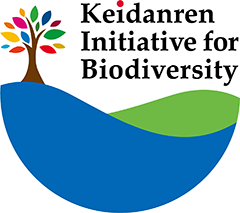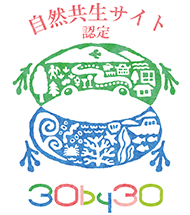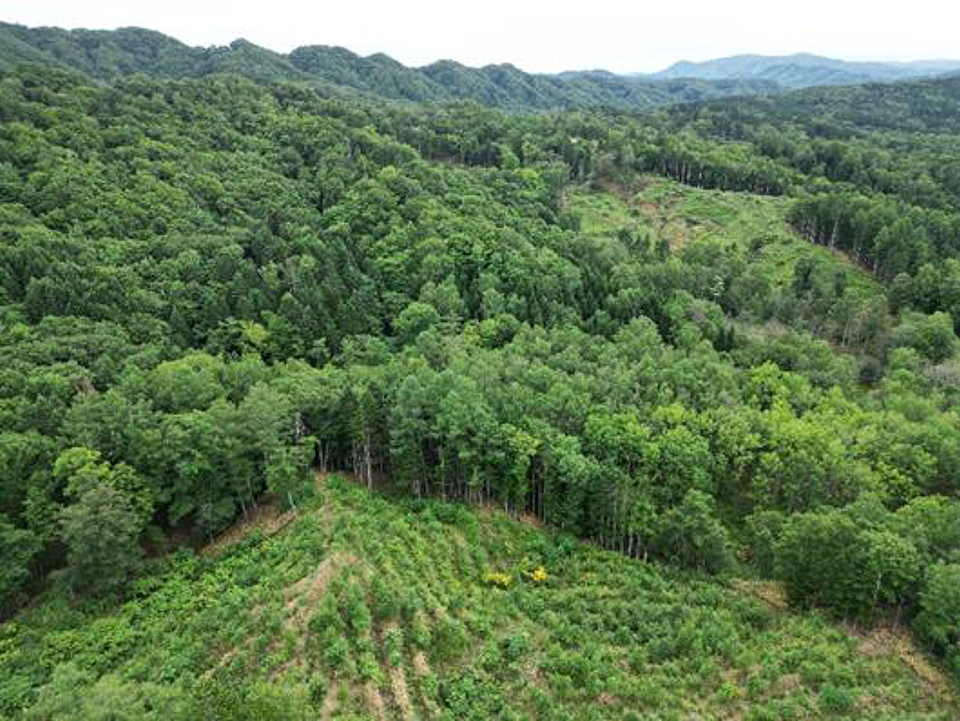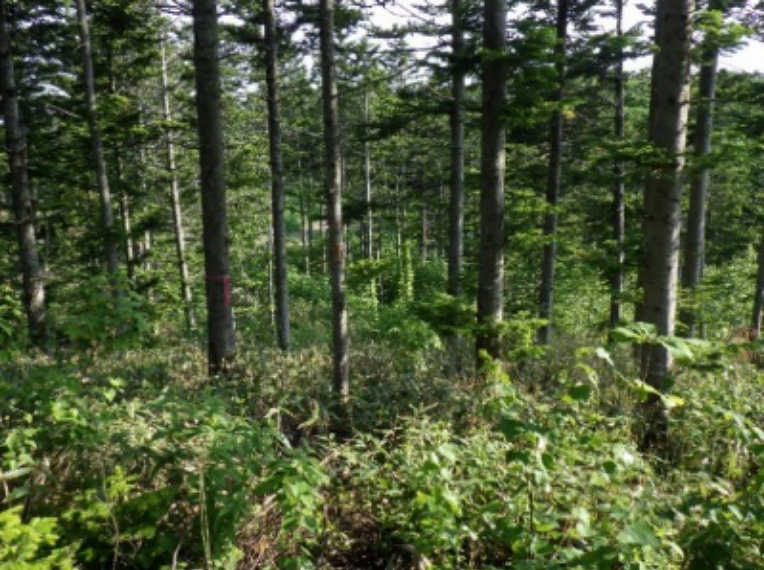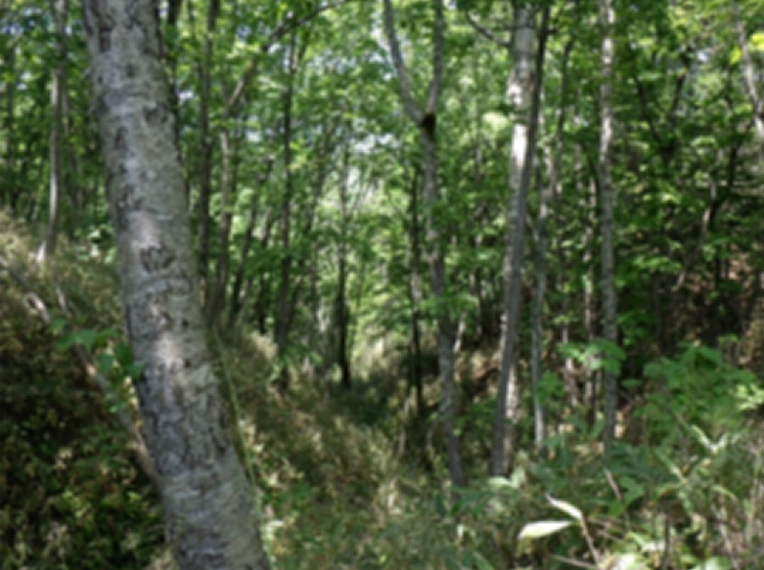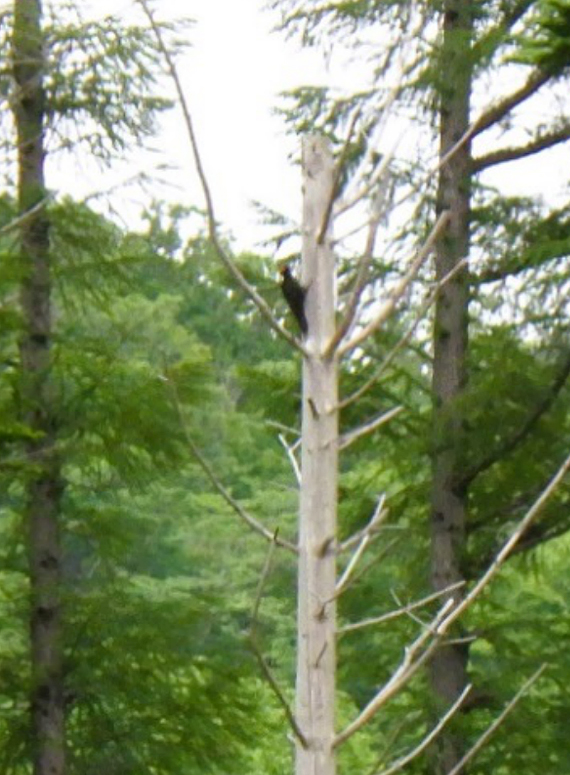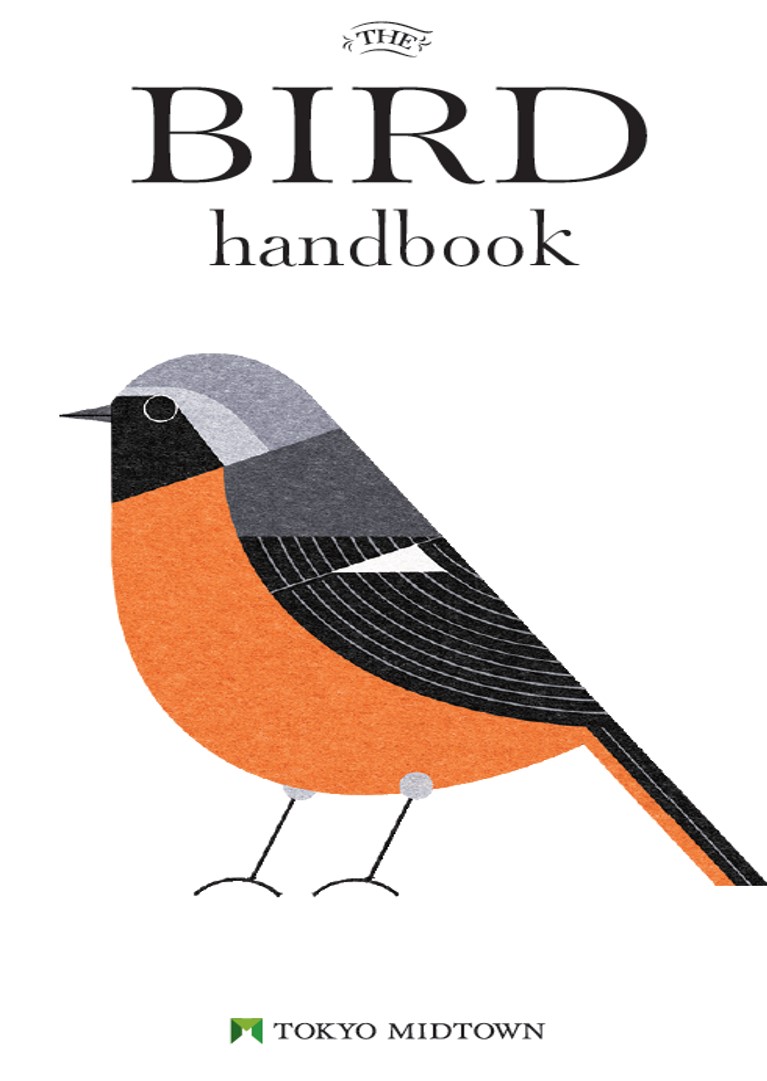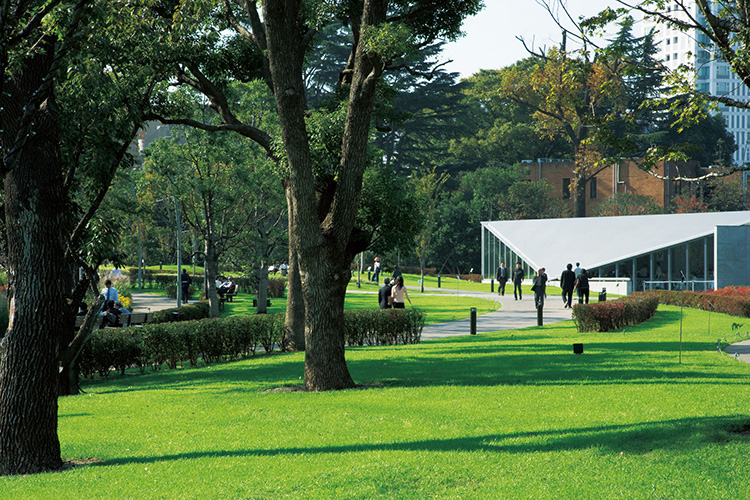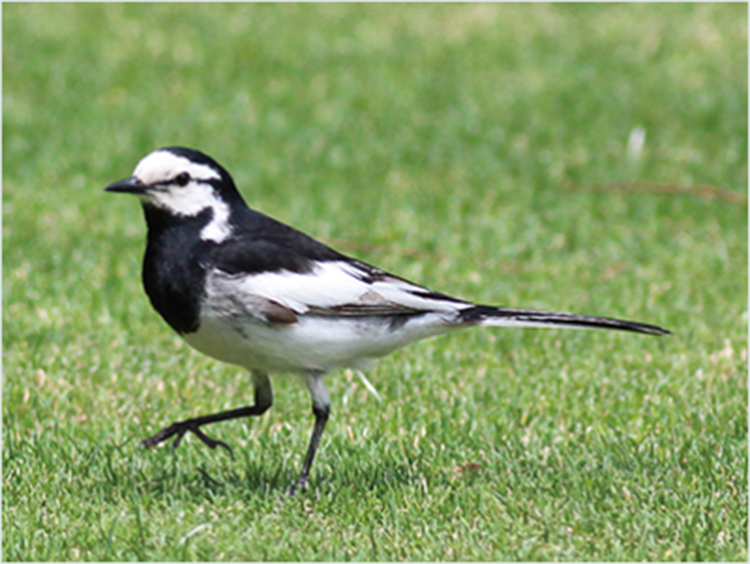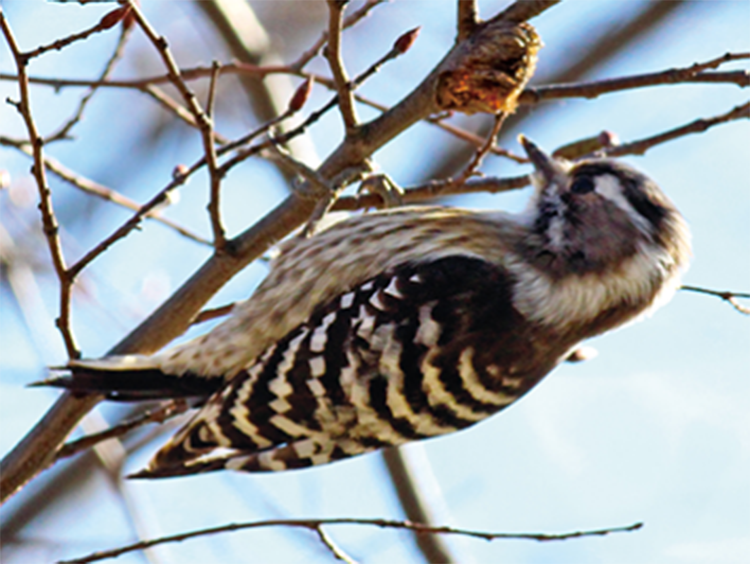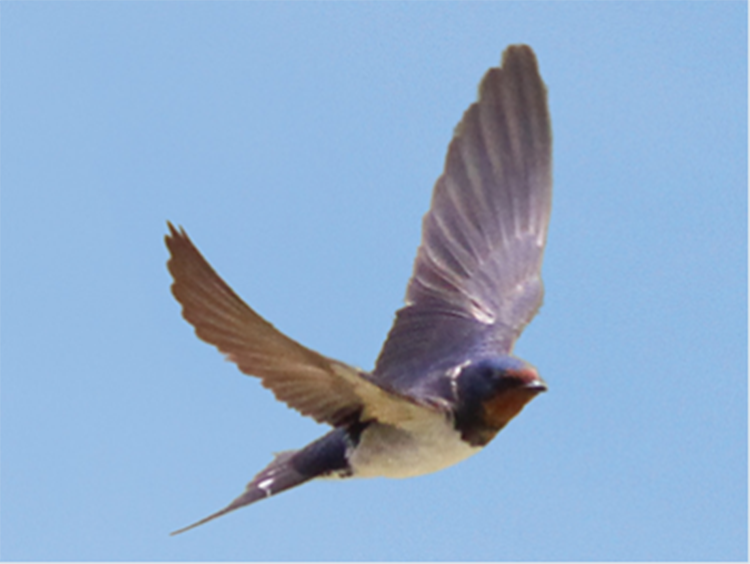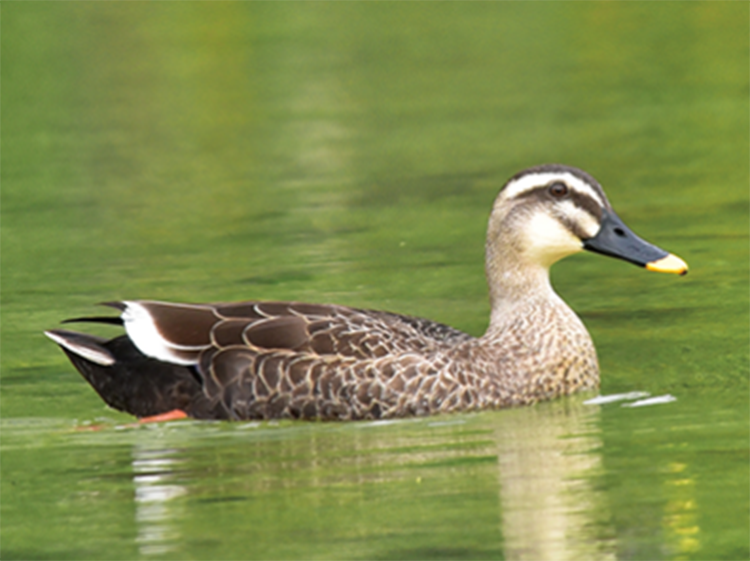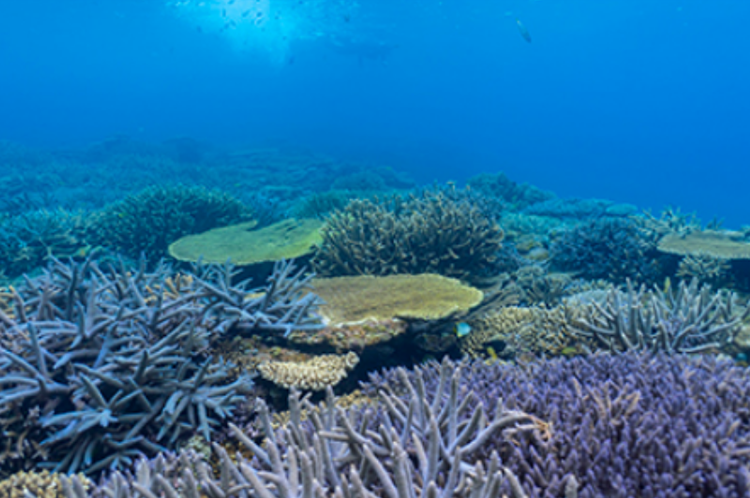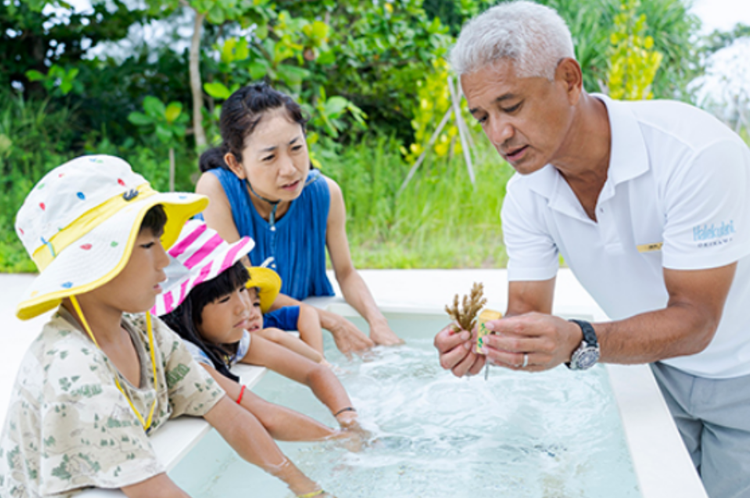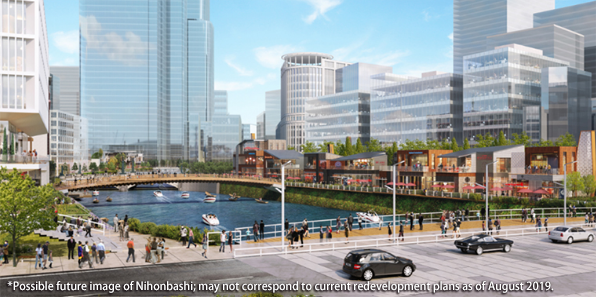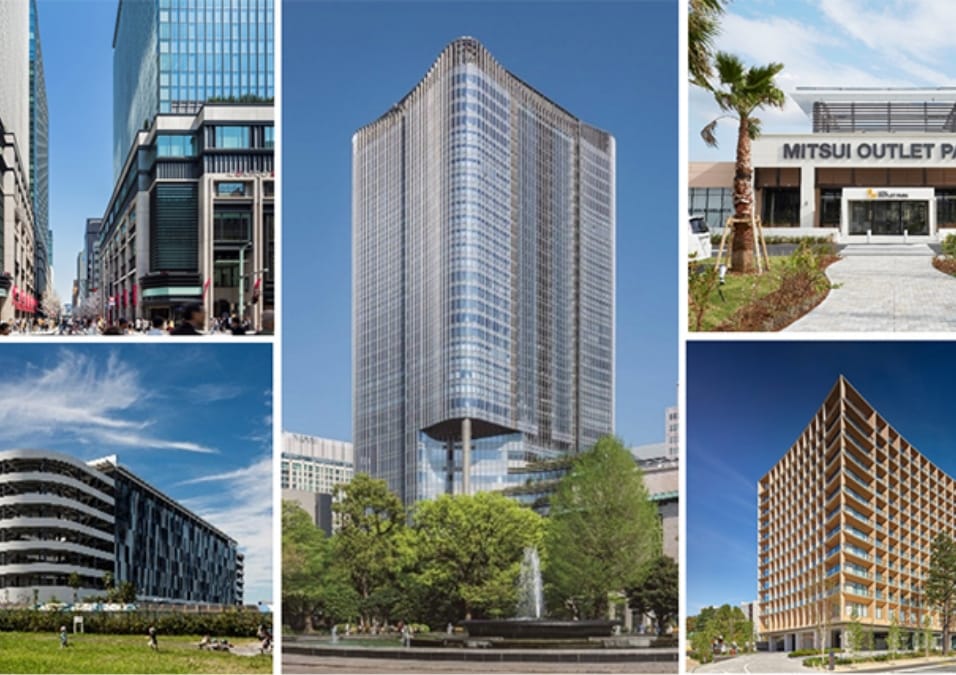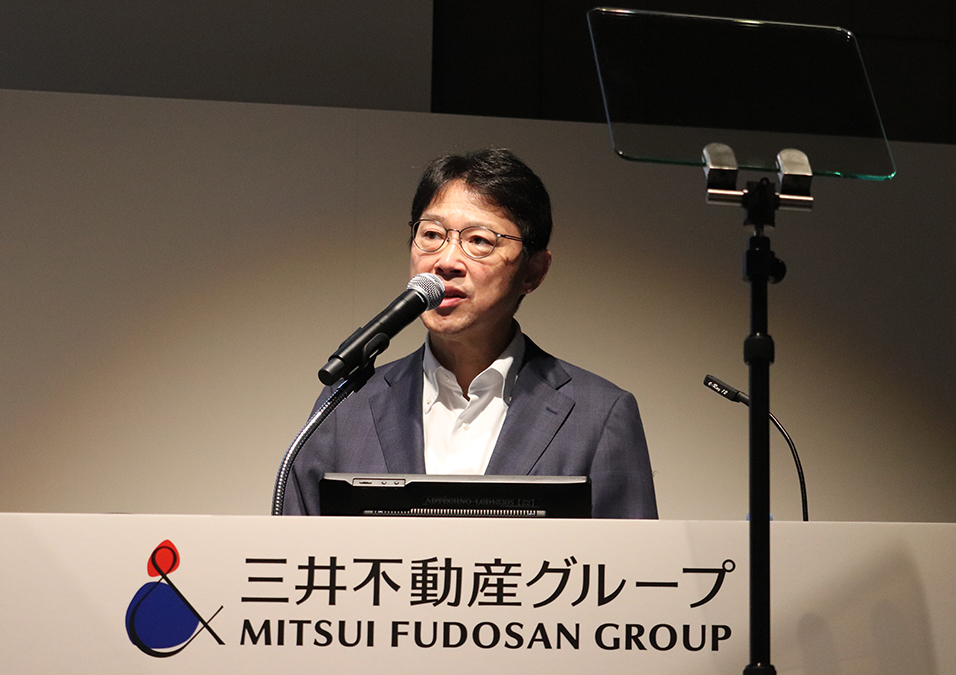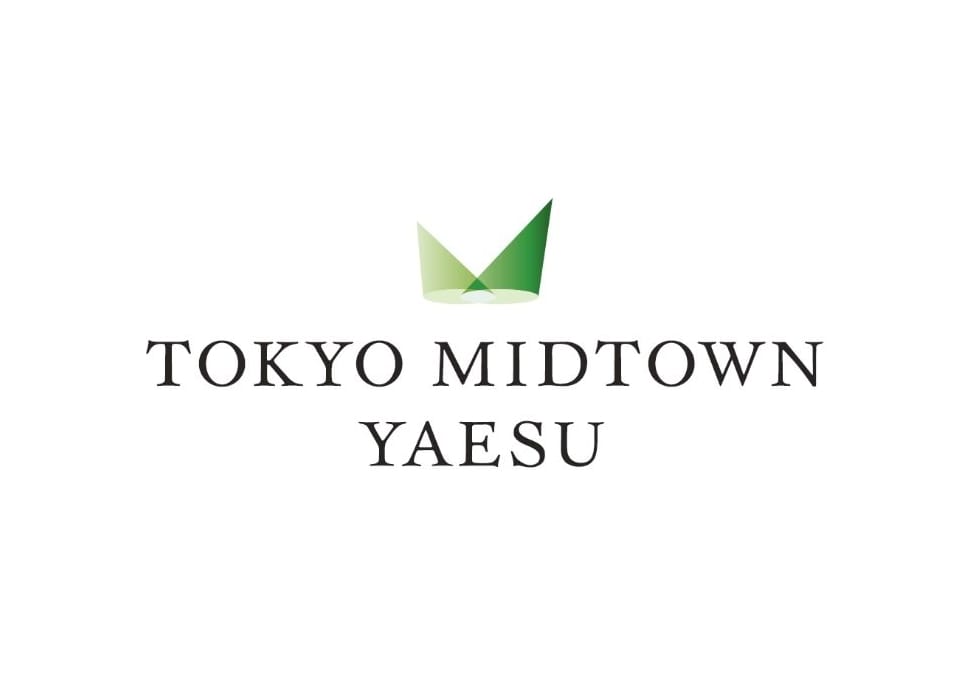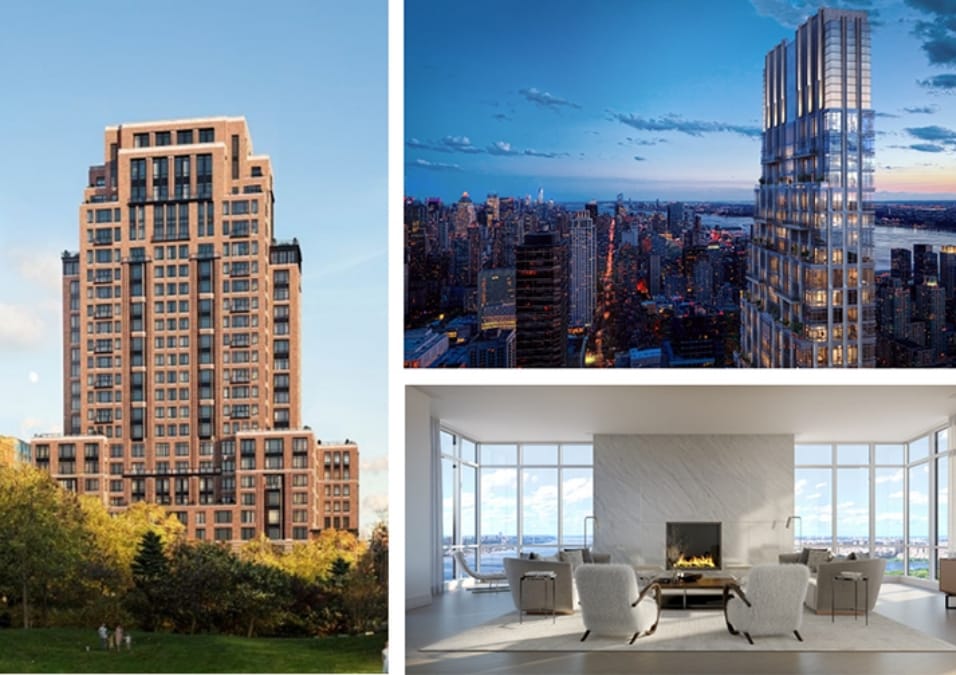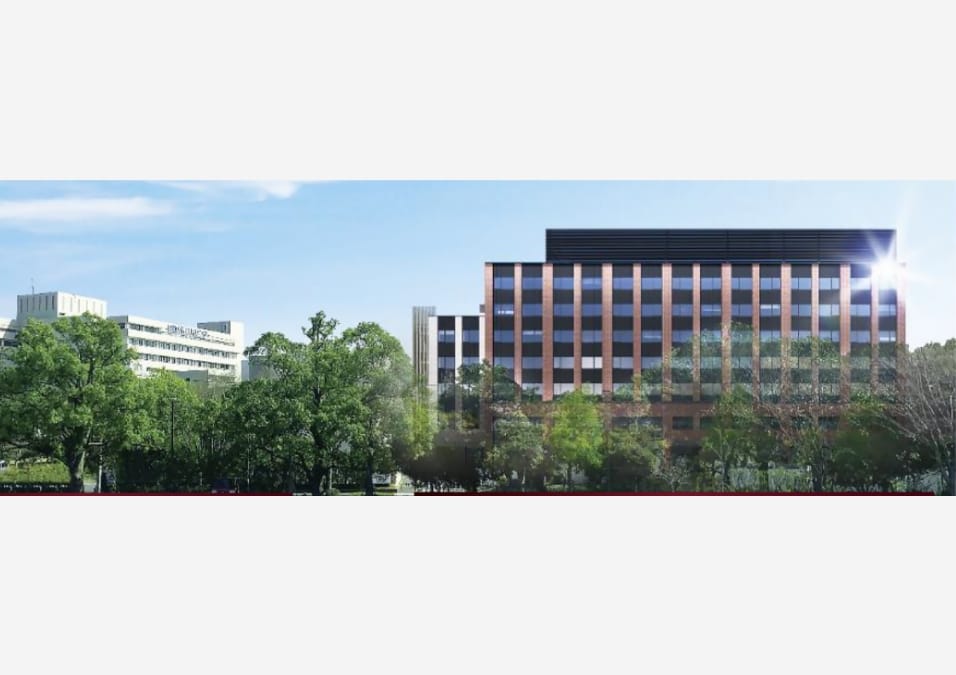Policy
Understanding that considering its impact on biodiversity on a global scale is a key management issue, the Group engages in efforts to protect biodiversity throughout its business activities while also considering the impact that its supply chains have on biodiversity.
Mitsui Fudosan Group Biodiversity Policy
(Established March 31, 2023)
In the Mitsui Fudosan Group's urban development business, ecosystems are something that must be protected at all costs. In addition, natural environments that are home to diverse living organisms provide places for enjoyment and relaxation in the city, and as such they also add significant value to urban spaces. However, the Group's development of real estate and extraction of natural resources for use as building materials in the supply chain can alter ecosystems and in turn negatively impact biodiversity. As such, we have positioned our impact on biodiversity as a key management issue, and as part of the Group Environmental Policy we are committed to a broad and comprehensive range of environmental initiatives, including the protection of biodiversity.
In light of the above, we have established the Mitsui Fudosan Group Biodiversity Policy.
1. Commitment- In addition to making every effort to avoid any negative impact on biodiversity caused by our businesses or supply chains, we will strive to keep any unavoidable impact to a minimum.
- To increase our positive impact on biodiversity, we will engage in initiatives to restore and regenerate biodiversity and nature, and aim to eliminate any new net negative impacts caused by our business activities (no net loss).
- When conducting business in locations that are near important biodiversity areas, we will apply the mitigation hierarchy by first working to avoid any negative impact, then minimizing any unavoidable impact, before finally offsetting any remaining impact through restoration and regeneration activities.
- We will fully support the "living in harmony with nature" vision of the Kunming-Montreal Global Biodiversity Framework, a global target to achieve the goals of the UN Convention on Biological Diversity, as well as the global Nature Positive goal.
- We will assess the impacts and dependencies on nature, including biodiversity, that our businesses and supply chains have, and also assess and appropriately respond to those risks and opportunities.
- Further, to accurately manage these risks and opportunities, we will establish indicators and targets as necessary and monitor the results.
- We will work with our suppliers, experts, NGOs, and other external stakeholders as necessary.
- We will proactively disclose information on our initiatives in line with this policy.
- To ensure effective implementation of this policy, we will implement appropriate education and training to further understanding of the relationship between our businesses and nature/biodiversity among our executives and employees.




























